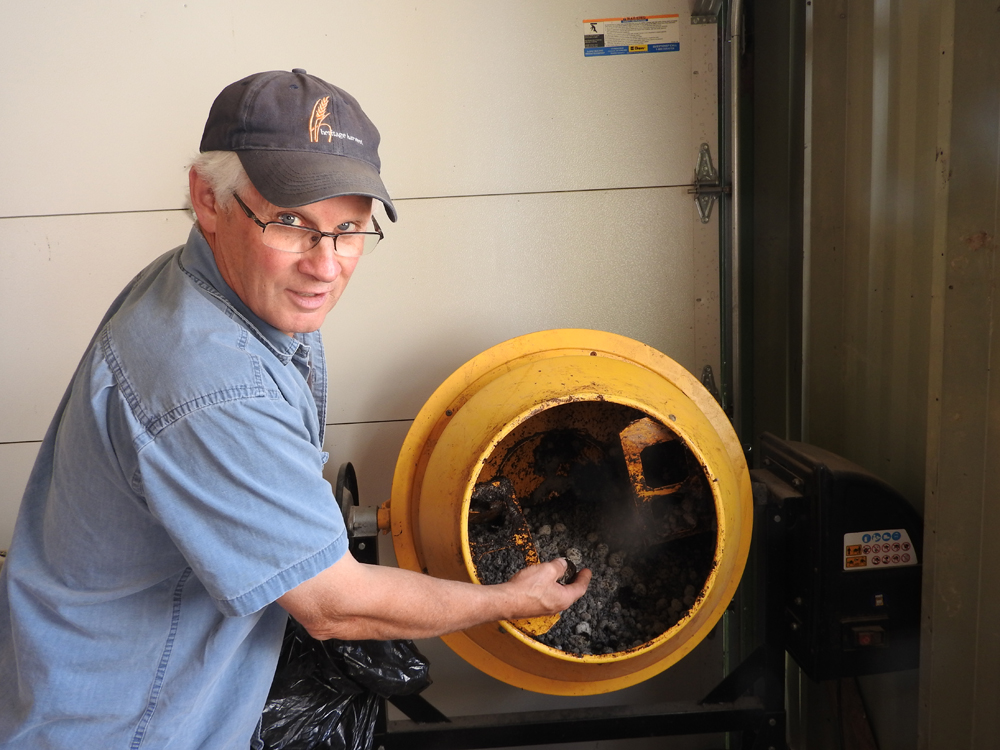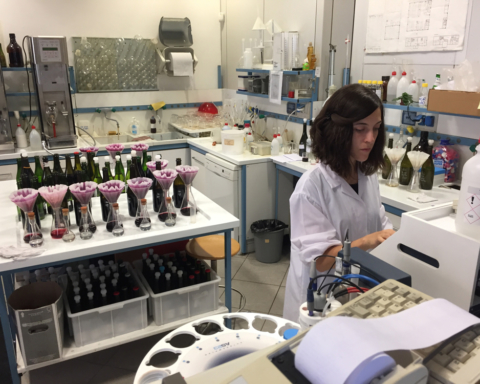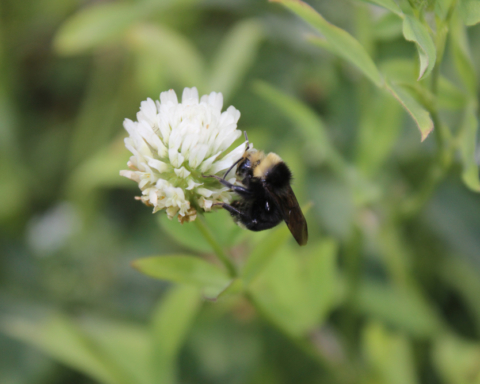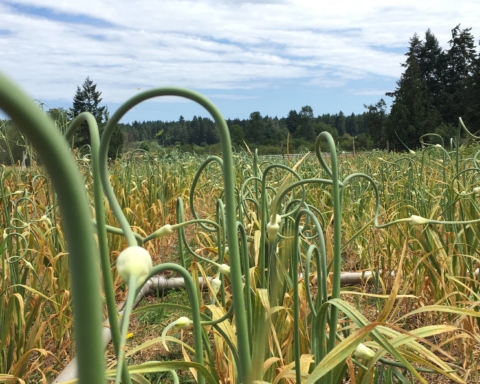The Art and Science of Organic Agriculture
Marjorie Harris BSc, IOIA V.O. P.Ag
The Principle of Health: Organic Agriculture should sustain and enhance the health of soil, plant, animal, human and planet as one and indivisible.
The Principle of Health, as stated by IFOAM, is the original premise that modern organic agriculture is based on. This Principle of Health was inspired by Lady Eve Balfour’s words from her 1943 publication The Living Soil. Here she writes, “the health of soil, plant, animal, and man is one and indivisible.” Lady Eve Balfour went on to become co-founder and first president of the Soil Association.
Preceding Lady Balfour’s work, in 1940, Sir Albert Howard wrote An Agricultural Testament. Sir Albert’s work was based on his keen observations while living and studying agricultural methods in India from 1905–1924. He was sent as an agricultural advisor on assignment by the British Crown. What Sir Albert discovered was that the Indian method of farming had much more to teach him then he had to teach them. He observed that all waste plant and animal matter was gathered for composting and then returned to the garden as a rich humus substance.
Preceding both Lady Balfour and Sir Howard, Rudolph Steiner gave a series of lectures in 1924 that became the foundation for the organic Biodynamic Agriculture movement. Early on in the 20th century many observers were noticing that chemical based agriculture was depleting the life of the soils and became increasingly concerned. In response to these growing concerns a group of farmers approached Rudolph Steiner as the founder of Anthroposophy for help and guidance. Steiner had established Anthroposophy as a formal educational, therapeutic, and creative system that sought to use mainly natural means to optimize health in all realms of well being.

Mark Gibeau and his compost tea process. Photo credit: Marjorie Harris
The inspiration and reason for the emergence of organic agriculture is the Principle of Health in that healthy soils grow healthy plants that support healthy people. So, how has this played out in the organic standards as we know them today? Are we achieving our goals for health from the ground up?
In Sir Albert’s later book, The Soil and Health: A Study of Organic Agriculture, he says, “the first duty of the agriculturalist must always be to understand that he is a part of Nature and cannot escape from his environment. He must therefore obey Nature’s rules.”
Following the rules of nature leads us to another pioneering concept, “biomimetics,” first articulated in the 1950s by American biophysicist and polymath Otto Schmitt. Ecological Biomimicry is a method for creating solutions for perceived problems by emulating designs and ideas found in nature. This is the point where organic agriculture blurs the lines between art and science and we chase the gold at the end of the rainbow. Because agriculture is a man made artifice placed on natures’ landscape, we need to find natural examples for ecological biomimicry that bring in natural health balances into our farming practices.
How do we preserve or enhance the natural integrity of a forest or prairie soil while growing foods for human purposes? As an example, consider soil fertility management just from the basis of adding waste plant and animal matter and how the following organic standard is interpreted and implemented by the individual operator.
COR CAN/CGSB 32.310 General Principles and Management Standards Section 5.5.2.2
Soil amendments including liquid manure, slurries, compost tea, solid manure, raw manure, compost and other substances listed in Table 4.2 of CAN/CGSB-32.311, shall be applied to land in accordance with good nutrient management practices.

Mark Gibeau and his compost tea process. Photo credit: Marjorie Harris
A simple overview of employed organic methods:
- Raw manure, solid manure, liquid manure, and slurries are simply incorporated into the soil according to the timing specified by the standard. Soil organisms are left the task of capturing the nutrients. This method is the least effective for retaining nutrients in the root zone of the intended crop or for developing a good humus body.
- The Biodynamic approach employs techniques that call into play some esoteric health principles that go beyond the local environment to also consider the cosmic forces that affect the entire planet. A cosmic calendar is followed and the Biodynamic preparations foster fungi and other factors that improve compost production dramatically according to practitioners. Field sprays and teas vitalize the soils along with the compost applications. The resulting plant growth achieved has greater immunity and perhaps a greater concentration of phytonutrients. The soil fertility is measurably enhanced by these methods, the nutrients are stabilized for slow release to crops, and humus and organic matter are increased in the crop root zone.
- The underlying concept for the Soil Food Web soil health method is based on the concept that Comprehensive Soil Analysis samples demonstrate that the majority of soils around the planet have all of the mineral nutrients a plant needs, it is just a matter of releasing those minerals to the plant in a bioavailable form. Compost teas are cultured in such a way that when applied to the soil the microorganisms released are capable of transforming the minerals into plant bioavailable forms. Composts are also applied. The outcomes are dependent on the qualities of the individual compost teas. The addition of composts measurably enhance the nutrients that are stabilized for slow release to crops, and humus and organic matter are increased in the crop root zone.
- Standard composting according to time, temperature, and turning produces a product that when applied to the soil, measurably enhances fertility, the nutrients are stabilized for slow release to crops, and humus and organic matter are increased in the crop root zone.
The health principle emphasises that the healthy farming eco-systems is dependent and built on the foundation of healthy soils and cannot be separated from the soil health. The health of plants, animals, and people are interdependent on the health of the soil and plant and animal matter being returned to the soil fertility in a manner respecting Ecological Biomimicry. “How would Mother Nature do it?” Is a relevant question to ask when evaluating our farming and soil fertility practices. The more we can quantify our current practices and have the conversation on sharing the best ecological biomimicry practices across the board, the more we’ll be able to benefit every level of planet health.
Marjorie Harris is an agrologist, consultant, and verification officer in BC. She offers organic nutrient consulting and verification services supporting natural systems.







